Renovations incomplete after five years and $20 million
Pul E Charkhi Prison, on the eastern outskirts of Kabul, is a place you don’t want to be. Once a notorious dungeon during the Soviet occupation, the prison emerged as one of the principal jails for Taliban prisoners captured by the United States.
The State Department attempted to renovate the prison, but it’s still monumentally terrible. Corruption involving the contractors is the chief culprit for the prison’s problems, according to a recent report from the Special Inspector General for Afghanistan Reconstruction—a congressionally-mandated watchdog agency. Worse, graft became such a problem, the department halted work in 2010.
The result is a prison that has improved in some areas, but remains overcrowded and lacking basic infrastructure.
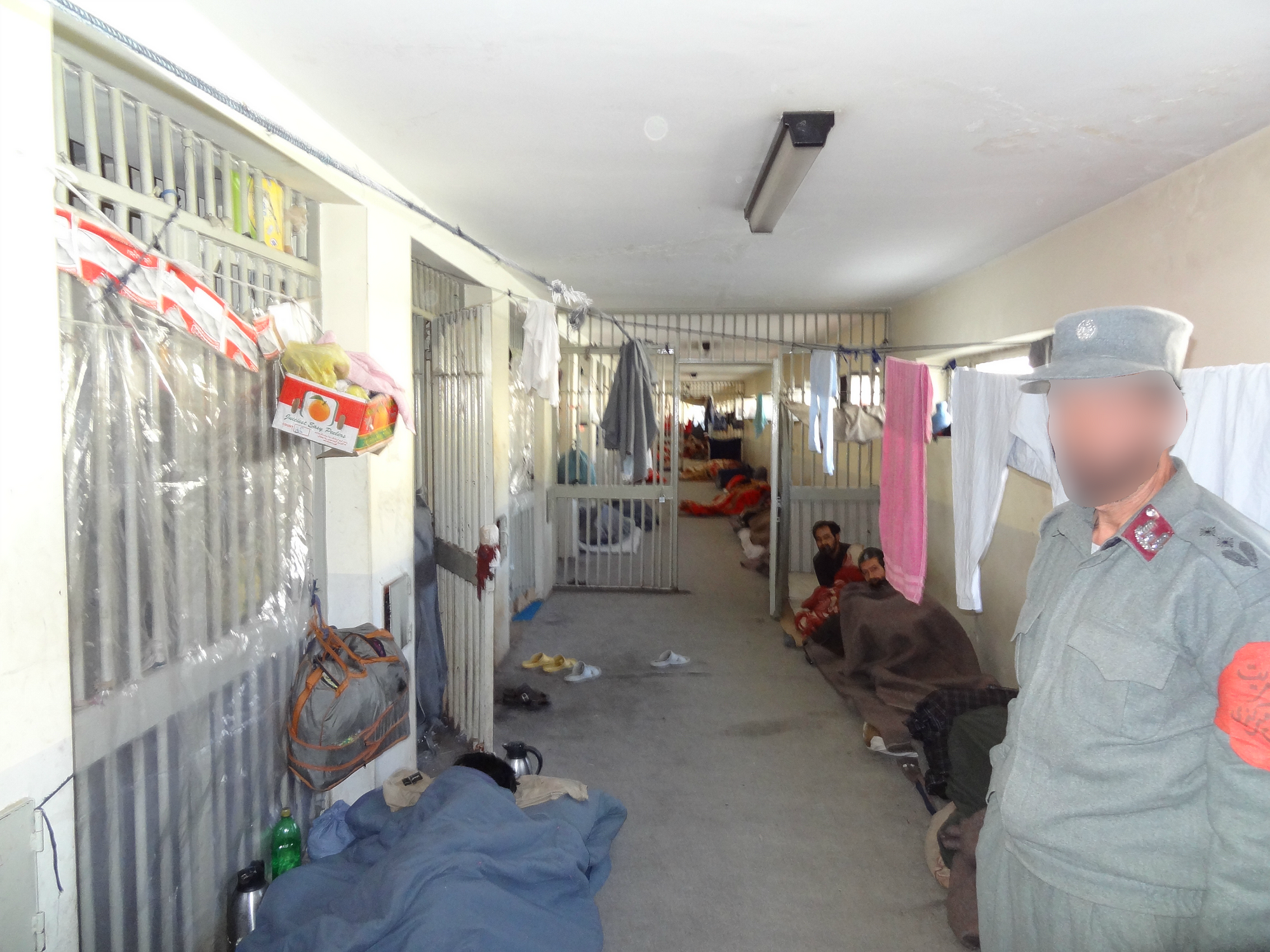
SIGAR also released photographs showing the bleak, filthy and crowded conditions. There’s also moments of the darkly absurd—such as a sign illustrated in comic style instructing illiterate guards not to beat their prisoners.
The Soviet Union funded Pul E Charkhi in 1973. It was—and still is—the largest prison in Afghanistan. Originally built to hold 5,000 inmates, today it houses 7,400. Space is so limited that prisoners sleep in the halls.
The State Department identified it as a problem site and hired Al Watan Construction Company—an Afghan firm—to renovate the prison in June 2009. After some negotiations, AWCC agreed fix up the dilapidated prison for $20.2 million.

Less than a year later, State canceled the contract. Officials worried that AWCC wasn’t doing its job. They were right. The Afghan construction company cut every corner they thought they could get away with.
Under the terms of the cancellation, State still had to pay AWCC for all its costs up until the date of cancellation—$18 million of the original $20 million. State then paid an independent contractor nearly $1 million to assess the damage.
So how far did the $18 million go? According to SIGAR’s report, “AWCC completed approximately 50 percent of the required renovation work.” So half. AWCC spent most of their budget and did half the job.
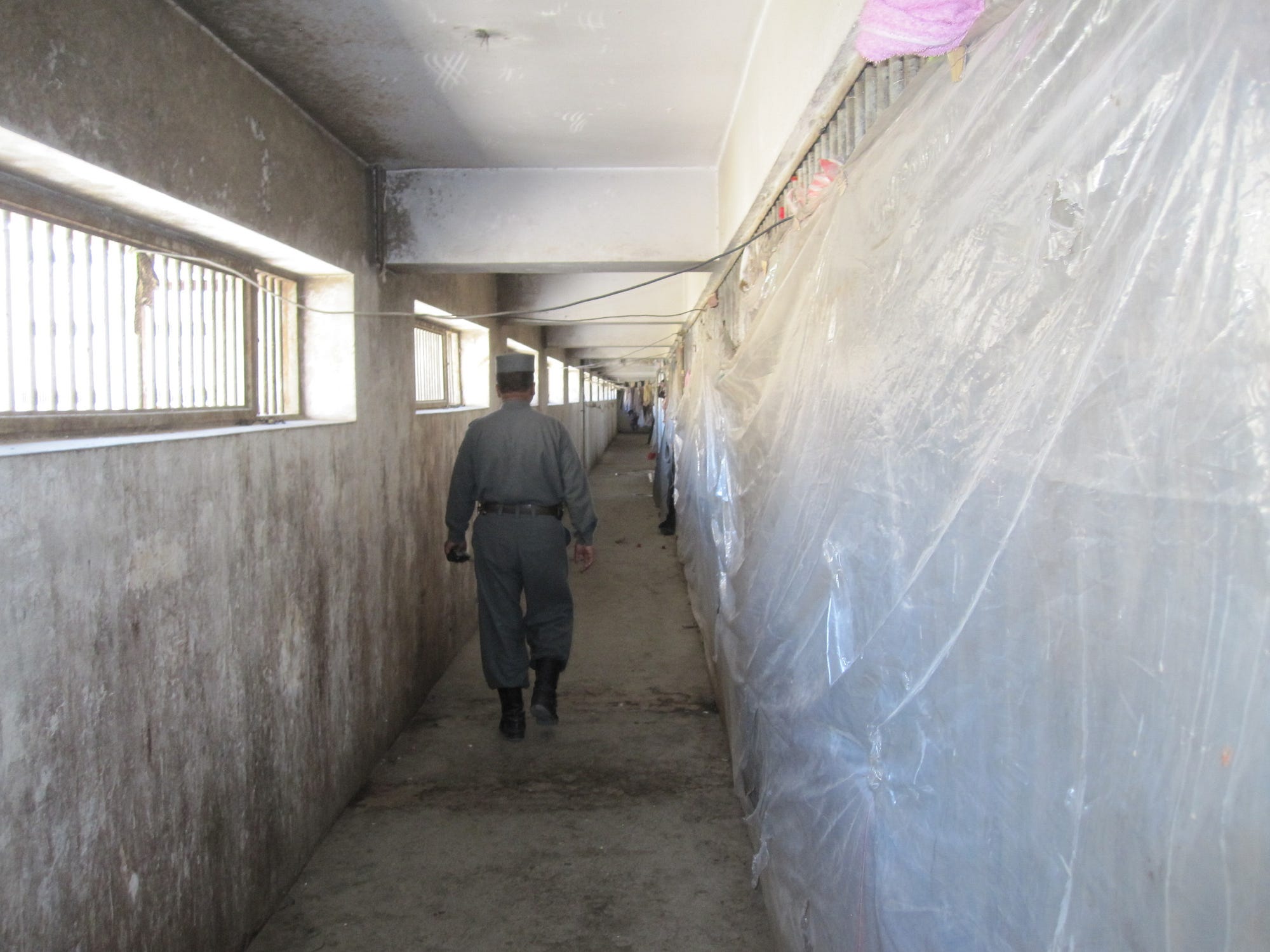
At that pace, AWCC would have had to ask for more money to finish the work. Money they’d spend doing a half-ass job. It wasn’t just that AWCC’s construction was too expensive and time consuming … it was awful.
The company failed to complete the backfill trenches, leaving gaping wounds in the land next to mounds of dirt.
Broken and defective fixtures littered the halls. Roofs and gutters weren’t properly installed, resulting in water damage to the paint and walls.
AWCC installed six generators, but never plugged them in. The contract required the company to repair the facilities many roofs using metal trusses. They cheaped out and used wood instead.
Sometimes, AWCC didn’t even bother to replace faulty portions of the roof. They just slathered new roofing material over the rotten old wood.

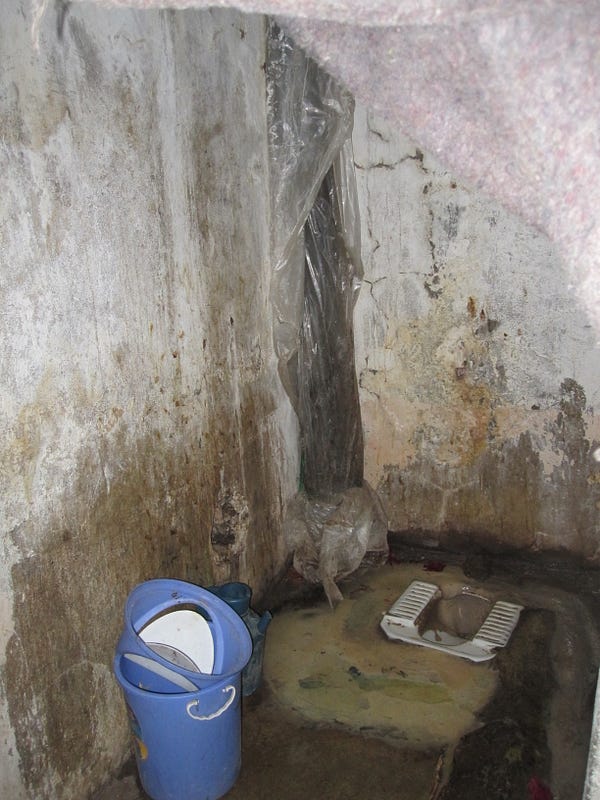
There are several overriding reasons why this happened.
One troubling cause—especially troubling as U.S. forces are in the process of withdrawing from Afghanistan—is the “fluctuating security conditions” that prevent State Department overseers “from conducting regular, direct oversight at Pol E Charkhi prison,” the department stated in a response to SIGAR’s report.
But the main reason is corruption.
The State Department found out the U.S.’s liaison to the project “accepted money from Basirat to promote the company’s interests.” The liaison was later convicted in a U.S. court “for accepting illegal gratuities from Basirat,” the report added.
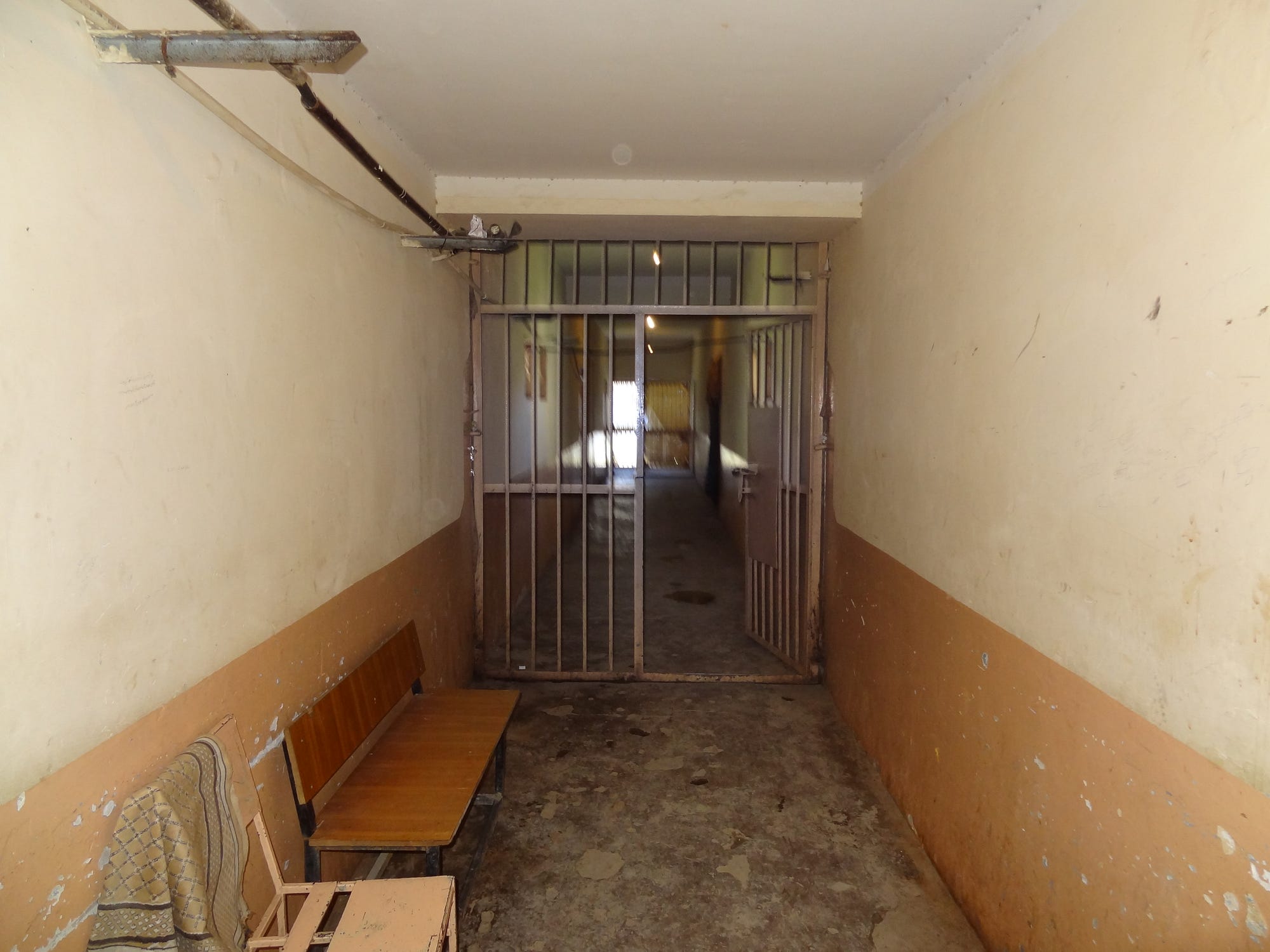
Al Watan also got into trouble involving insider trading of government contracts. The U.S. found out the company received “confidential proposal information from Basirat concerned State solicitations,” the report added.
That could give Al Watan an unfair advantage when bidding for future U.S. government contracts.
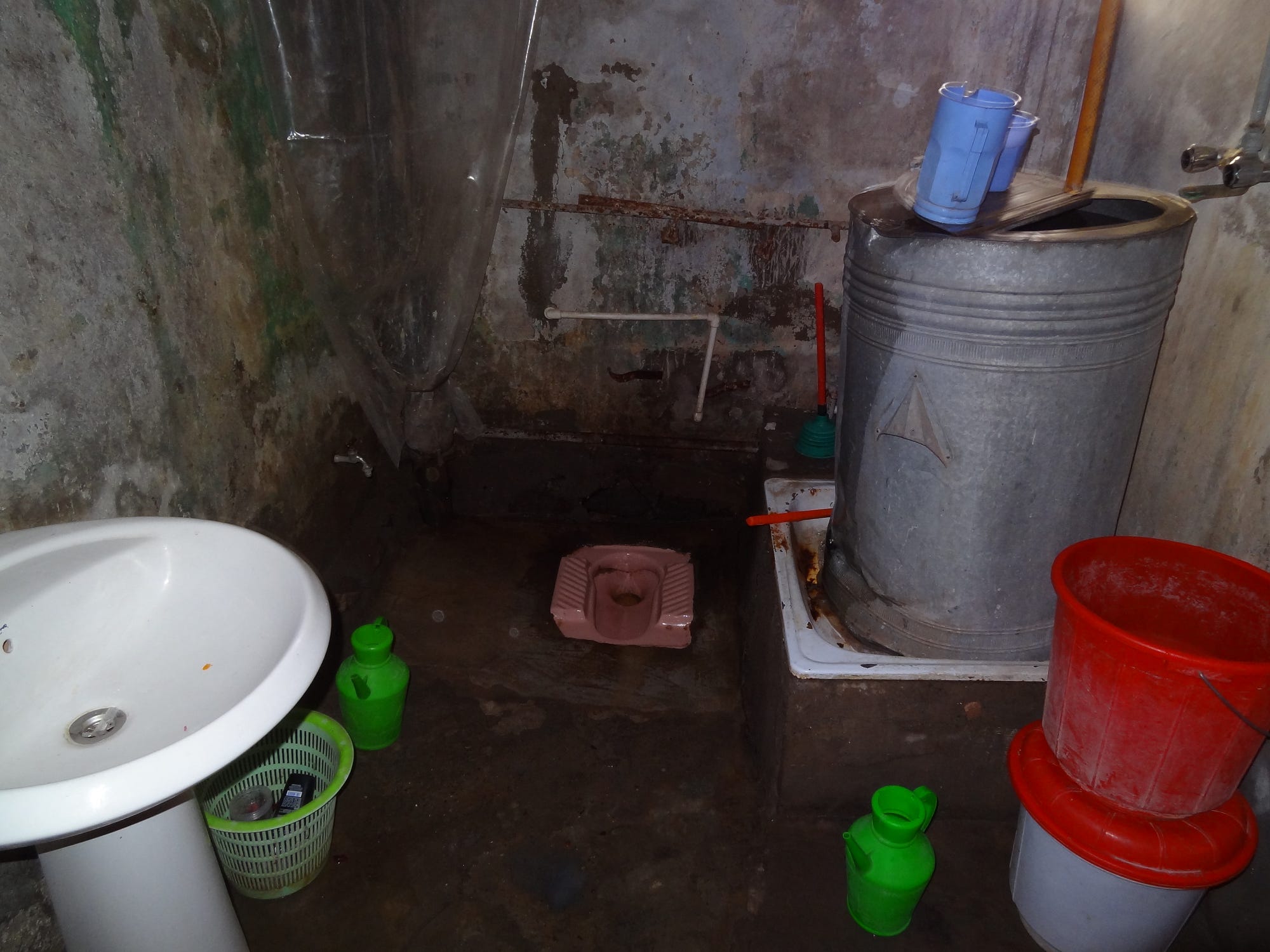
To be fair, it’s not like the State Department’s contractors did nothing. Approximately $5.3 million went towards the construction of a water tower, staff barracks and an upgrade to the prison’s electrical transformer station and connecting power line.
The first two projects went generally well, except the contractor neglected to add air conditioning to the barracks bathroom. But “the power line … could not be connected to the electrical grid,” the report stated.
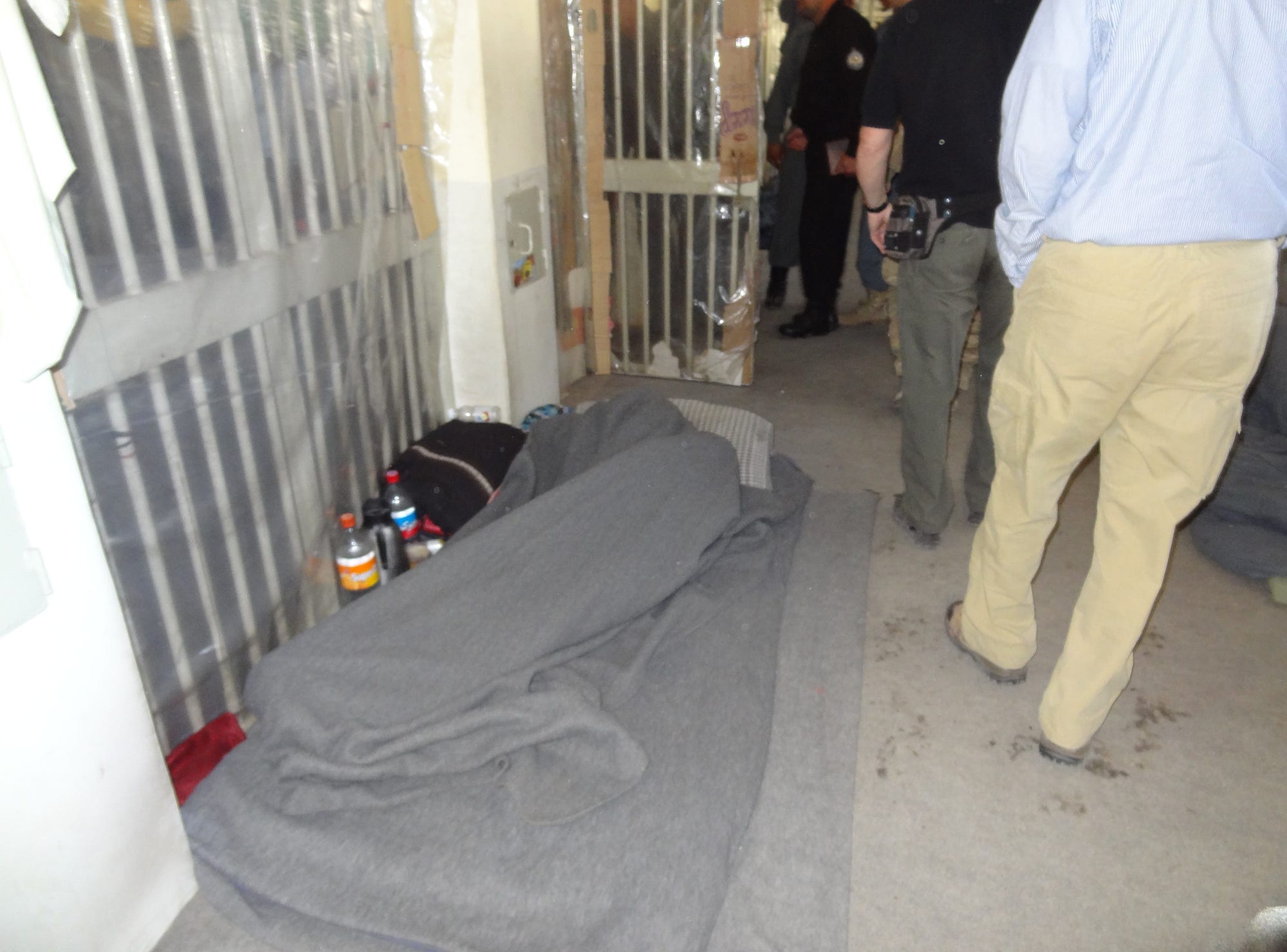
Finishing the electrical work will cost another $11 million in a “follow-on renovation contract,” SIGAR stated.
The almost $20 million blown on a bad construction project may seem like a small sum of money. The Afghanistan war has cost American trillions of dollars. But the prison project’s lack of oversight, corrupt officials and wasted cash is indicative of Afghanistan’s reconstruction.
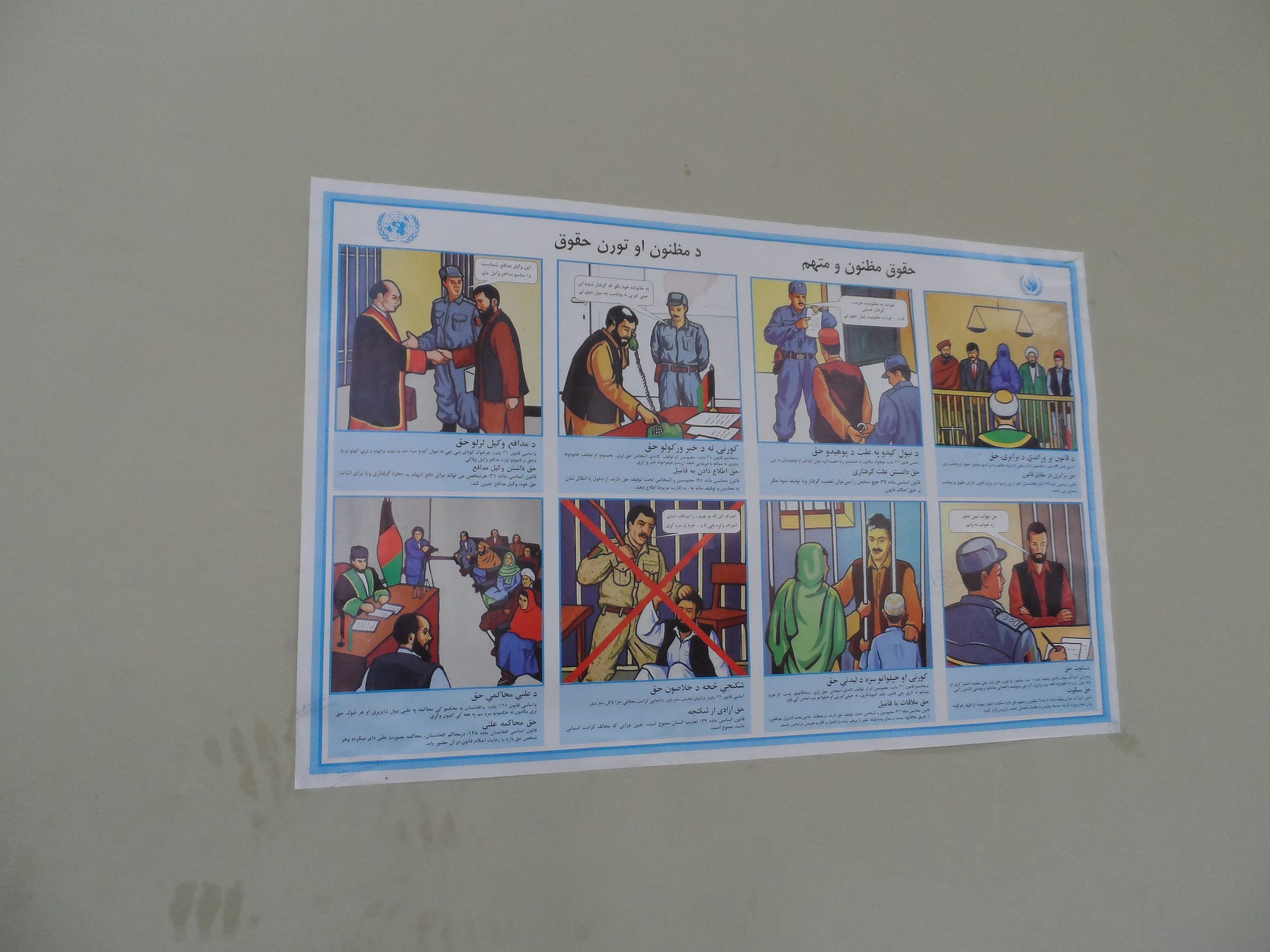
The U.S. wasted $7.6 billion fighting a war against opium it could never win. The State Department paid $3.6 million for fancy television production trucks it never used. The Air Force bought a half-billion dollars worth of planes from Italy, then scrapped them for six cents a pound.
Add to the list one big, filthy ex-Soviet prison.
No comments:
Post a Comment